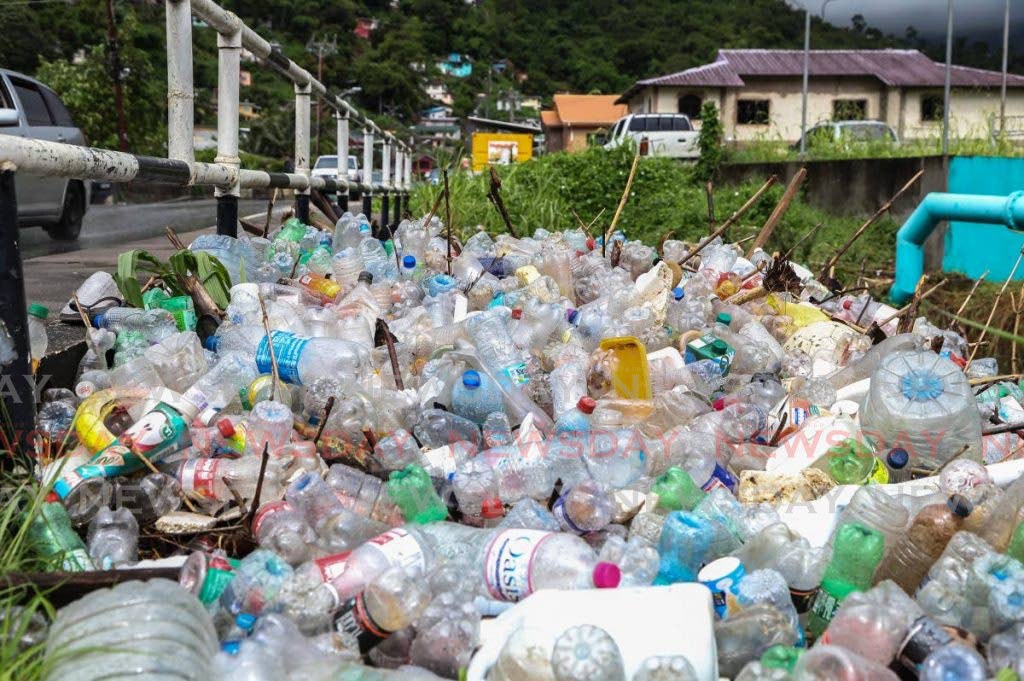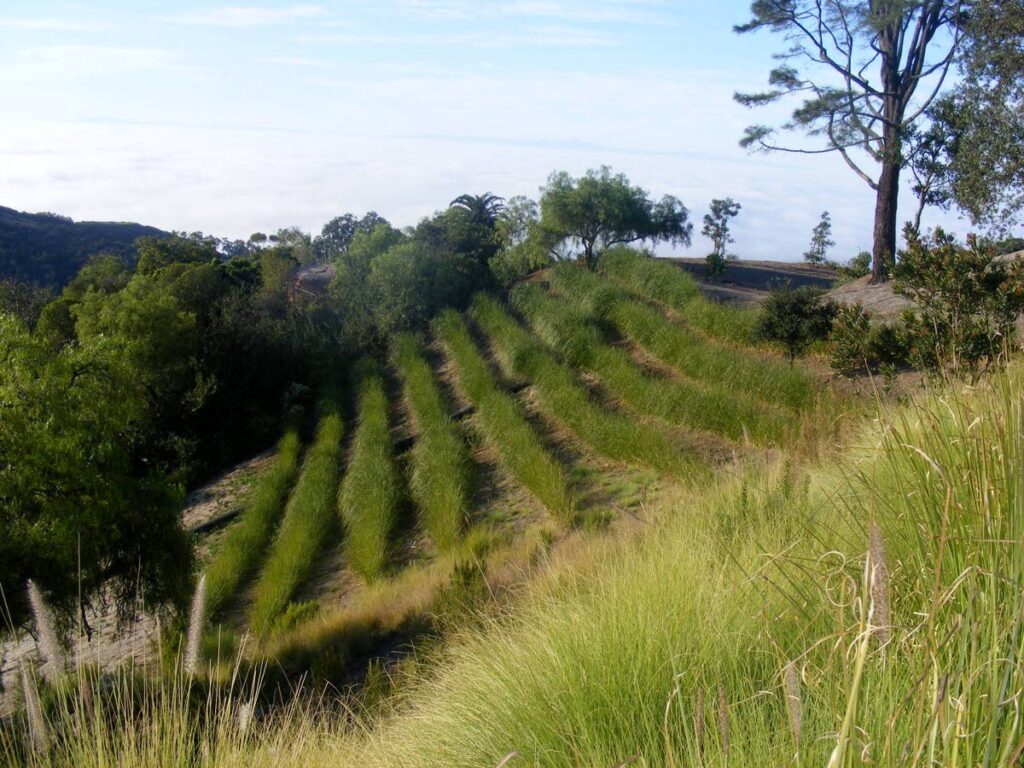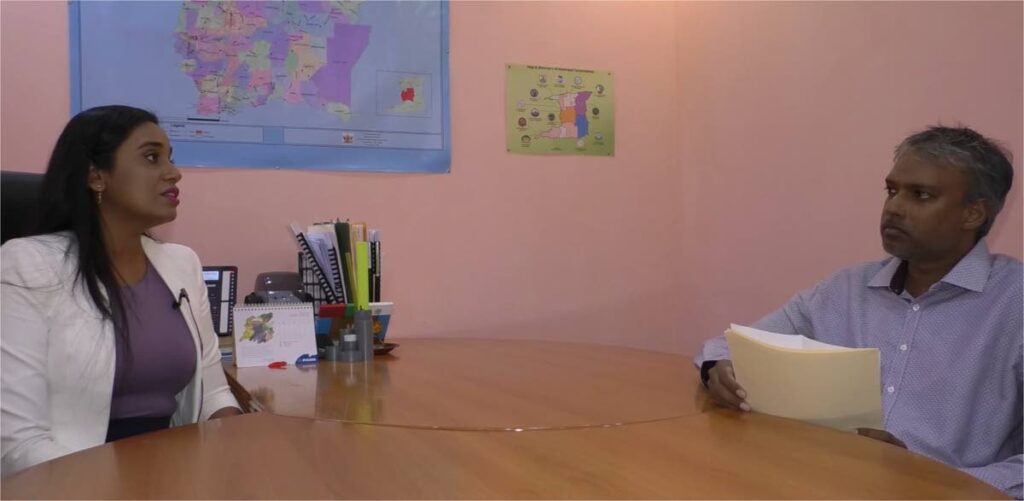Finding solutions to engineering challenges – drainage

CHRIS MAHARAJ AND MARLEEN LORD-LEWIS
The collaboration to jointly seek out solutions to engineering challenges is pioneering to the extent that it brings together in the national interest two “think tanks” – the National Institute for Higher Education Research Science and Technology (NIHERST) and the Association of Professional Engineers of TT (APETT).
NIHERST is the national leader in STEM education and enables society through science and innovation. APETT was established to promote the highest standards of professional practice and stimulates awareness of technology and the role of the engineer in society. This article focuses on the subject of drainage and is the precursor to a webinar in which discussions from key stakeholders in government, academia and industry will be presented.
We highlight the global context of climate change which impacts the regional and national landscapes and contributes to flooding, which is a major challenge to communities when drainage technology and systems are compromised. Further, we present the technical challenges faced by the agency mandated to manage the relevant infrastructure. The article provides, beyond enforcement mechanisms, two primary interventions that can be deployed at the level of communities whilst building community awareness and buy-in to sustainable solutions.
Our communities are susceptible to the damaging effects of flooding. Several natural and anthropogenic factors contribute to flooding events locally, including community development without improving drainage systems and full consideration of downstream effects, improper disposal of solid waste, lack of maintenance of drains and waterways, and increased rainfall intensity due to climate change.
APETT Civil Division chair Lendel Bethelmy recognises the short-term as well as the long-term effects of these factors on the existing stormwater drainage systems. He also expressed that these factors can often prove to be the leading contributors to drainage-related issues observed when conducting engineering analyses on the efficiencies of existing drainage systems.

Drainage systems are constructed to ensure that stormwater is transported safely to disposal points, thereby keeping the environment well drained. In our country, non-optimal drainage systems are a societal pain point that have led to flooding as solid waste obstructs the free flow of water that enters these drains, causing water to back up during rainfall. A build-up of solid waste can also obstruct the natural flow of water in rivers and streams.
Extreme weather has also become more frequent in the country, owing to climate change, and compounds these flooding issues. Rain events have become more violent, with intense periods of rainfall that result in flash flooding. Bank erosion due to fast and/or elevated flows in watercourses can also occur.
In seeking to understand the existing infrastructural network of the governmental drainage support systems in the country, we met with Hinni Maraj, acting CEO in the Couva/Tabaquite/Talparo Regional Corporation (CTTRC).
Maraj indicated that building and development applications are submitted to the Town and County Planning Division of the Ministry of Planning and Development. The division in turn assesses what governmental entities (eg Drainage Division, Highways Division, Fire Service, Water and Sewerage Authority, and county medical officers of health) are required to provide approvals from which overall provisional and final approvals are granted by the regional corporations.
Provisional approvals give the okay to begin construction of the building or development. Final approvals are granted provided that completion of the building or development abided with what was provisionally approved.
If there are deviations from the initial design, they will need to be rectified in order to obtain final approval.
With continuing infrastructural development in the country, a more holistic approach can be continuously applied where the downstream effects of a development’s drainage works on the surrounding communities are adequately studied.
Enforcement mechanisms that the regional corporation can apply include Section 145 of the Municipal Corporation Act, under which “show cause” or stop notices can be served if there is any obstruction of drains. Sections 69 to 73, including the Public Health Ordinance (specifically the clauses that relate to nuisances such as environmental pollution that impacts watercourses and outfalls), can also be applied where stop notices can be issued to desist from pollution or to stop construction in a watercourse. Legal processes can be followed thereafter if no resolution is obtained.
Pollution of watercourses that result in associated blockages can be minimised through optimal solid waste collection initiatives. CTTRC currently partners with the Solid Waste Management Company (SWMCOL) for curbside pick-up of recyclable items, including plastic bottle waste, in three areas of the regional corporation. CTTRC is also working with SWMCOL on its recently relaunched anti-littering campaign. These initiatives assist immensely especially with the future effects of climate change.
NIHERST’s acting vice president of science and technology Ryane Rollock, who also serves as a member of the Environmental Commission, recognises that adaptation measures like sustainable drainage systems can help address flooding issues exacerbated by climate change.

Sustainable drainage is a concept that includes long-term environmental and social factors in decisions about drainage. Sustainable drainage systems are intended to regulate surface water runoff close to where it falls and simulate natural drainage as closely as possible. They provide opportunities to reduce the causes and impacts of flooding, remove pollutants from urban runoff at source, and combine water management with recreation and wildlife. They also help to enhance water quality while protecting natural flow regimes in watercourses.
One local solution is a green engineering solution in which vetiver grass is used as a green infrastructure tool to improve soil quality and drainage to reduce surface water runoff, thus preventing landslips and flooding due to climate change rain events.
Rainwater harvesting systems can be another localised consideration to be included as part of an overall sustainable drainage solution. The harvesting of rainwater simply involves collecting water from surfaces on which rain falls, and subsequently storing this water for later use.
By incorporating them into national sustainability plans, these systems can be used to collect and store water from these extreme rainfall events, caused by climate change, that may contribute to the disastrous flooding experienced in our country. Normally water is collected from the roofs of buildings and stored in rainwater tanks or underground cisterns.
APETT Mechanical Division chair Shalini Persad indicated that in water efficient sustainable building designs, the harvested water is commonly used for landscape irrigation and as a water supply for toilet fixtures.
NIHERST’s Rainwater Harvesting Project is but one of the environmental projects that is a sustainable solution to help address the societal pain point of flooding. The project was primarily envisaged to address water-scarcity issues, but it also has the potential to help address some of the impacts of poor drainage systems locally by controlling and regulating the surface water runoff that typically leads to flooding, and storing that water for later use.
You can learn more about this project at the APETT/NIHERST public education webinar on drainage. The webinar is the first of an overall APETT/NIHERST webinar series titled Addressing Engineering Challenges Nationally and in the Region. The drainage webinar will be a tripartite collaboration among industry, academia, and government, which is often needed to support innovation to address societal needs and pain points.
Please register using the link https://bit.ly/NIHERST_APETT_Drainage_Webinar


Comments
"Finding solutions to engineering challenges – drainage"